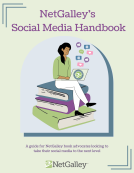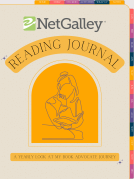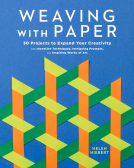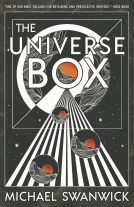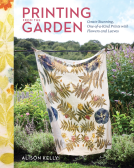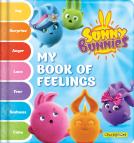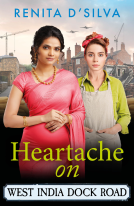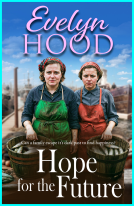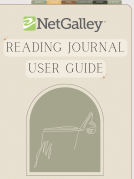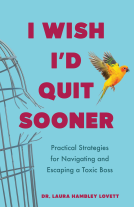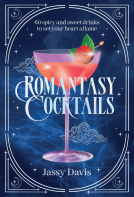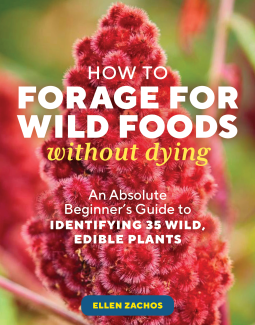
How to Forage for Wild Foods without Dying
An Absolute Beginner's Guide to Identifying 40 Edible Wild Plants
by Ellen Zachos
This title was previously available on NetGalley and is now archived.
Send NetGalley books directly to your Kindle or Kindle app
1
To read on a Kindle or Kindle app, please add kindle@netgalley.com as an approved email address to receive files in your Amazon account. Click here for step-by-step instructions.
2
Also find your Kindle email address within your Amazon account, and enter it here.
Pub Date 10 Oct 2023 | Archive Date 10 Oct 2023
Storey Publishing | Storey Publishing, LLC
Talking about this book? Use #HowtoForageforWildFoodswithoutDying #NetGalley. More hashtag tips!
Description
This on-the-go guide is perfect for new foragers eager to learn about the edible plants they're most likely to find, no matter what region they're in, and provides photos and easy-to-follow identification and use guidelines for the 40 most common—and most delicious—wild plants.
How to Forage for Wild Foods without Dying is a book for anyone who likes to go on nature walks and would like to learn about the edible plants they’re most likely to come across—no matter what region they’re in. Author Ellen Zachos shares her considerable expertise, acquired over decades of foraging in every part of North America. She offers clear, concise descriptions of edible wild plants, in addition to any potential lookalikes, as well as critical information about proper harvesting, processing, and cooking. Zachos has curated the plant selection to include only the 40 most common, most delicious edible plants, ranging from black walnuts and juniper berries to elderflowers, burdock, fiddlehead ferns, lambsquarter, wild garlic, sunchokes, and many more. With Zachos’s expert advice and easy-to-follow guidelines, readers will be confident in identifying which plants they can safely eat and which ones they should definitely avoid. Easy instructions for preparation and eating for maximum enjoyment are included.Available Editions
| EDITION | Other Format |
| ISBN | 9781635866131 |
| PRICE | US$16.99 (USD) |
| PAGES | 256 |
Links
Available on NetGalley
Average rating from 57 members
Readers who liked this book also liked:
Carine Laforest;
Children's Fiction
We Are Bookish
Mystery & Thrillers, OwnVoices, Teens & YA
